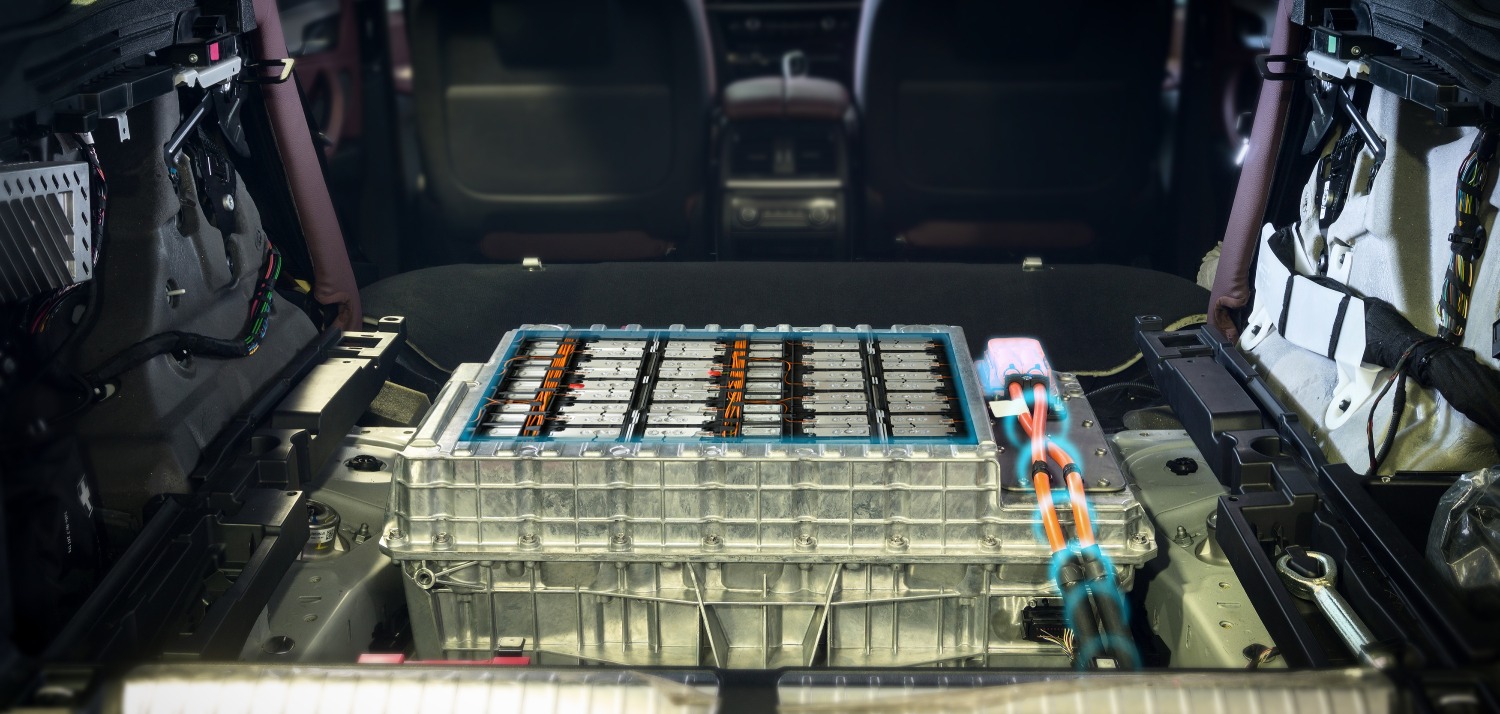The energy transition from fossil-based energy systems to renewable energy sources is critical for many nations. The role of lithium-ion batteries (LIBs) in the renewable energy value chain is substantial as they serve as a key enabler for the widespread adoption and efficient utilisation of clean and renewable energy sources.
One of the significant aspects of this energy transition is the mass introduction of battery energy storage systems and electric mobility infrastructure. This is why electric vehicles (EV) are steadily becoming more popular, as evidenced by the rising worldwide adoption rate of EVs, which is predicted to reach up to 12.5% by 2025. The surge in electric vehicle adoption and the broader use of LIBs in various applications will lead to a significant increase in spent batteries reaching the end of their life cycle and improper disposal will pose environmental and safety risks due to the hazardous chemicals and metals they contain.
According to industry analysts, the global number of metric tons of spent batteries may reach 2 million metric tons annually but only less than 5% on average gets recycled today. As dire as this sounds, there is a silver lining in all this: electric vehicle (EV) battery recycling is entirely possible. To manage the growing volume of spent LIBs, advancements in battery recycling technologies and infrastructure are underway. Companies and research institutions are developing more efficient and cost-effective recycling processes to recover valuable materials from batteries.
Based on IPI’s research and interactions with technology and business owners, there are several positive benefits associated with improving battery recycling efforts, which include job creation in the environmental services sectors, as well as co-development and R&D partnerships that create opportunities for businesses. The recovery of precious metals from LIB could also reduce production costs and reduce the need to mine the earth’s finite resources to get raw materials for new batteries.
The Role of Innovation in Making Battery Recycling More Viable
One of the greatest hurdles hindering the mass recycling efforts for lithium-ion batteries is the current technologies used, which cannot extract all valuable materials from the batteries and produce hazardous by-products that harm the environment.
High-temperature melting-and-extraction processes are among the common methods used for recycling lithium-ion batteries and come with certain drawbacks such as high costs of establishing and operating recycling facilities and increased energy consumption.
To address these challenges and reduce the environmental footprint of battery recycling, technology scouting for the best-fit technologies plays a critical role for businesses to discover lithium-ion (LI) battery recycling technologies. The following are some of the available technology offers curated by IPI:
1. Recycling of Spent Lithium-ion Battery Materials
This innovative technology presents a highly versatile recycling method for lithium-ion batteries, that directly converts crushed LIBs material (black mass) into ready-to-use, high-quality cathode materials. The process relies on a proprietary hydrometallurgical co-precipitation method, eliminating the need to produce mixed precious metal salts and enabling the immediate production of reusable battery-grade cathode materials. Notably, there's no requirement for pre-sorting, allowing for the processing of a mixed batch of LIBs materials with varying chemistries.
Importantly, the adoption of this technology can yield up to a fourfold increase in recycling profits, with a remarkably short cost recovery period of less than one year.
2. Filtration System for Redox-based Lithium Battery Material Recycling
This redox flow battery recycling method requires the solid spent battery material to react with liquid electrolyte in the tank. The proposed technology relates to an electrolyte tank filtration system designed to allow solid particles to freely mix and react with electrolytes in the tank of the flow battery system while being filtered and prevented from entering the pump and cell stack. The holder is designed to be simply placed into and removed from the electrolyte tank, and subsequently, for the easy removal of the solid from the holder itself.
This innovation will allow the continuous running of the flow battery system while changing the filter periodically. The research team anticipates that companies planning to utilise the redox flow battery recycling method would require the use of such a filter system to reduce the downtime of the entire system.
While we have emphasised how innovation can solve the many challenges of today's battery recycling practices, technological developments must be complemented by robust regulations and economic incentives to make any meaningful progress. Without such integrated and multifaceted efforts, achieving effective battery recycling and disposal will remain a formidable task.
To learn more about the latest developments in battery recycling technology through our open innovation services, contact us at [email protected].

